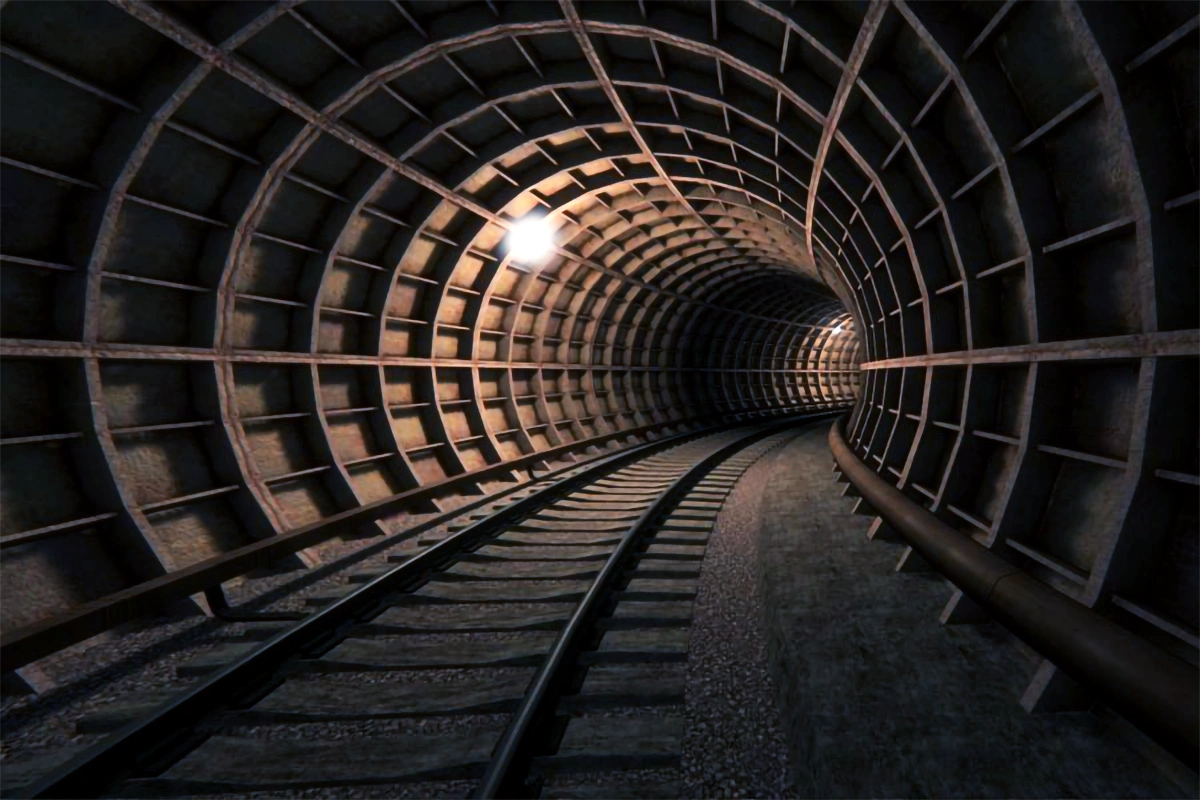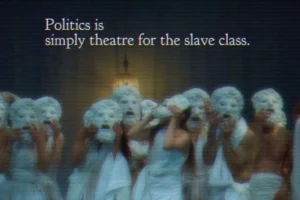By any measure, Melbourne’s $15 billion Metro Tunnel is a monumental piece of infrastructure. Five new underground stations, untangling key rail corridors, and the promise of “turn-up-and-go” services sounded like a game-changer for commuters. But now, as leaked documents reveal widespread service delays and cutbacks, it’s clear the benefits are arriving on a slower train than expected.
The tunnel’s business case was built on the expectation that it would free up capacity across the entire network—not just the lines running through the new tracks. That meant more frequent services on outer suburban routes like Craigieburn, Upfield, and Werribee, where long waits and overcrowding are routine. But leaked data shows most of those service boosts won’t materialise when the tunnel opens later this year.
Take the Upfield line, where peak hour services were meant to increase from four to six. Instead, they’ll remain stagnant, with commuters still enduring long gaps and the risk of being stranded if a train is cancelled. The Sandringham line was promised 16 peak hour services; it will get just eight. Craigieburn was to have 16; instead, 10. These aren’t minor adjustments—they’re a dismantling of the very rationale sold to the public.
So, what went wrong? A big part of the answer lies in the state’s failure to fund the “interdependent” projects needed to support the Metro Tunnel’s success. Track duplications, train turnback facilities, and upgraded signalling were all on the list—but left unfunded. Without them, the shiny new tunnel cannot operate at its full potential.
The irony is bitter. While the government boasts of delivering the Metro Tunnel ahead of time, the reality is that many commuters won’t notice much change at all. And for $15 billion—$4 billion over its original budget—that’s not just a disappointment, it’s a warning sign.
Public transport advocates rightly ask why service improvements weren’t made public in a transparent and accessible way. In global cities, new infrastructure is accompanied by detailed plans, clear timetables, and accountability. Here, projections were quietly scrubbed from government websites. Why? Because they show just how far short we are falling.
This isn’t just about one project. As the state barrels ahead with even more ambitious plans—like the $34.5 billion Suburban Rail Loop—Victorians have every right to ask whether the numbers can be trusted and whether the benefits will ever fully arrive.
Infrastructure must be more than ribbon-cuttings and slogans. It must deliver for the people who rely on it daily. Until government budgets and priorities reflect that, we risk repeating the same mistakes—over and over again.












